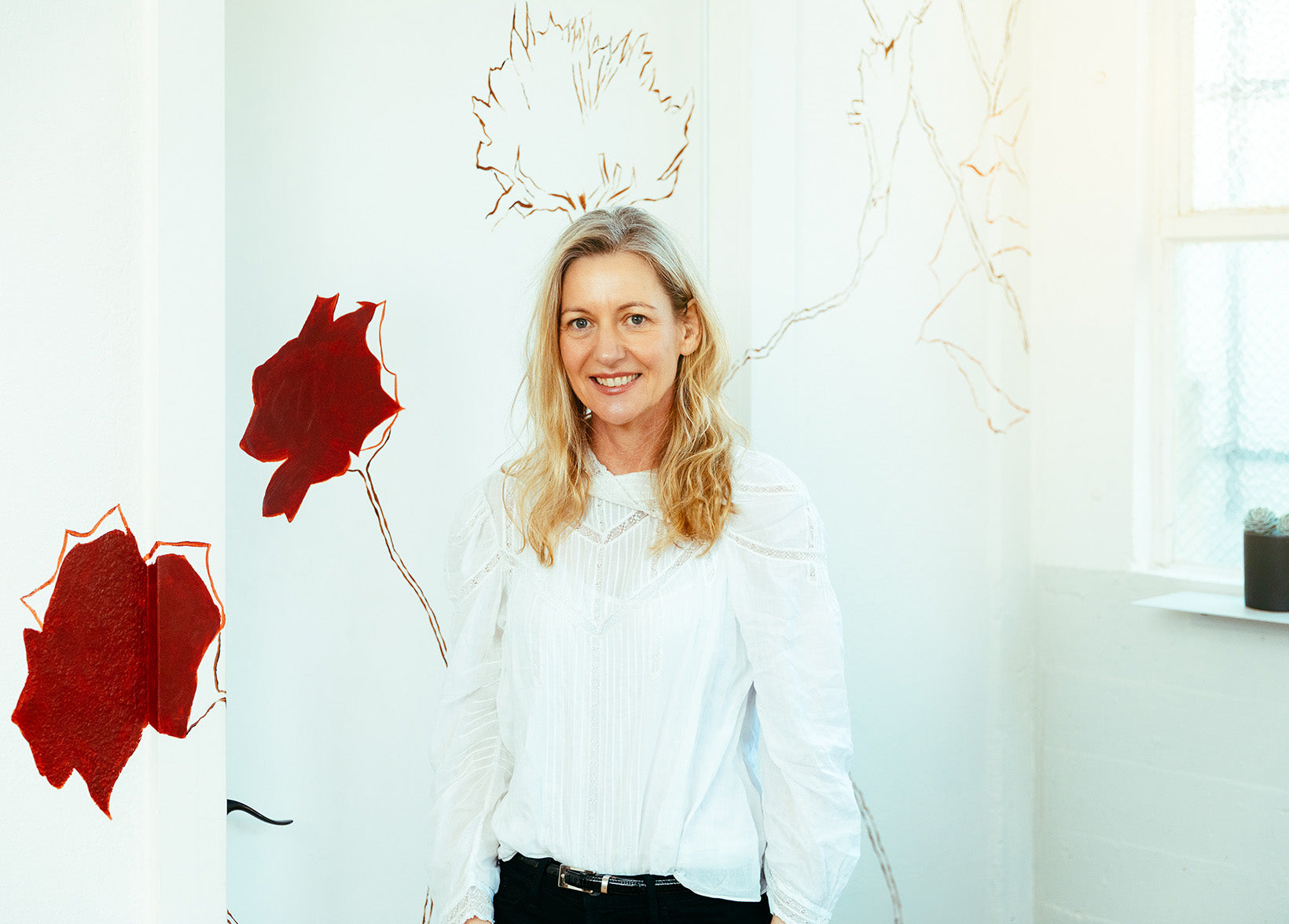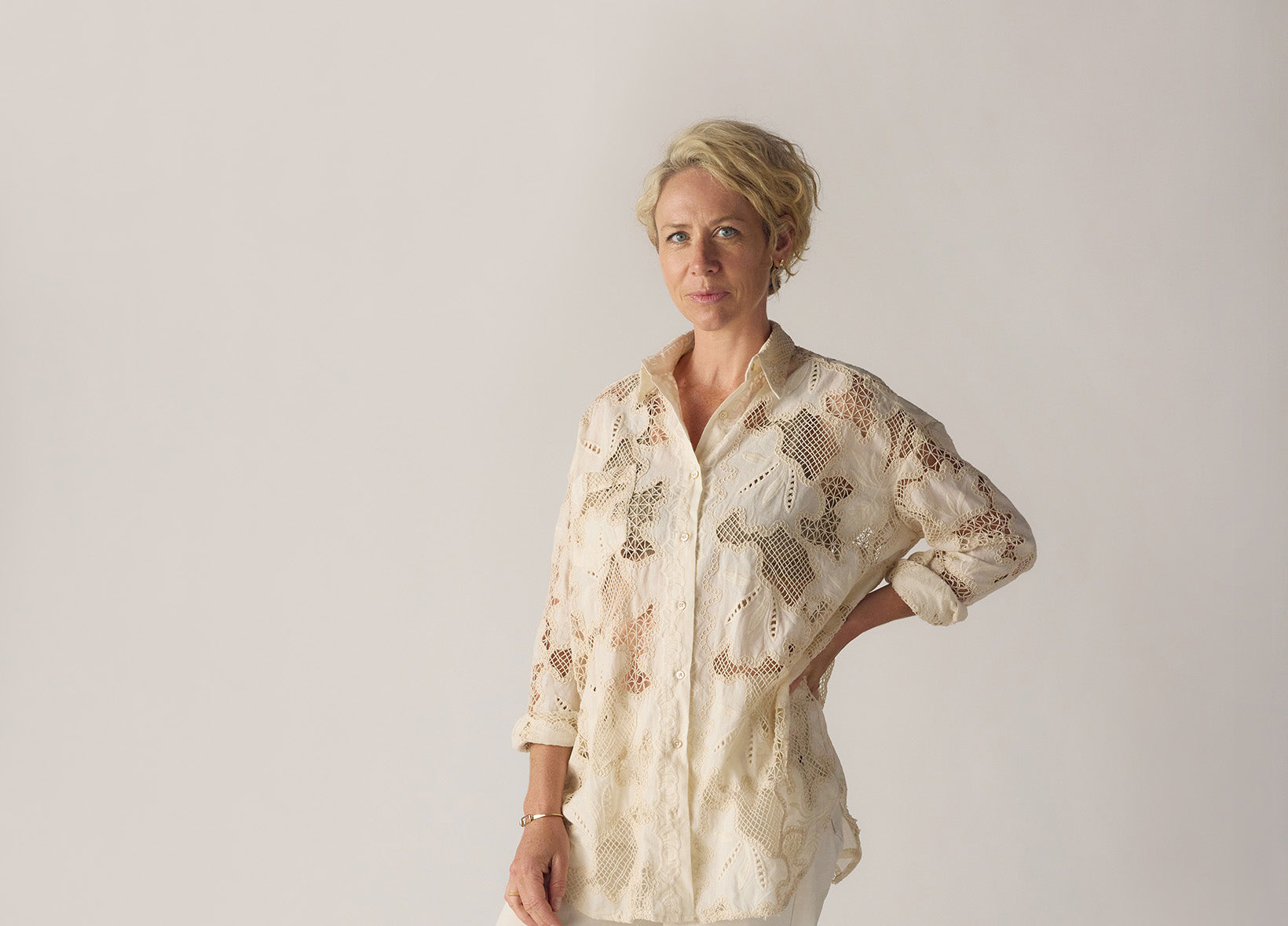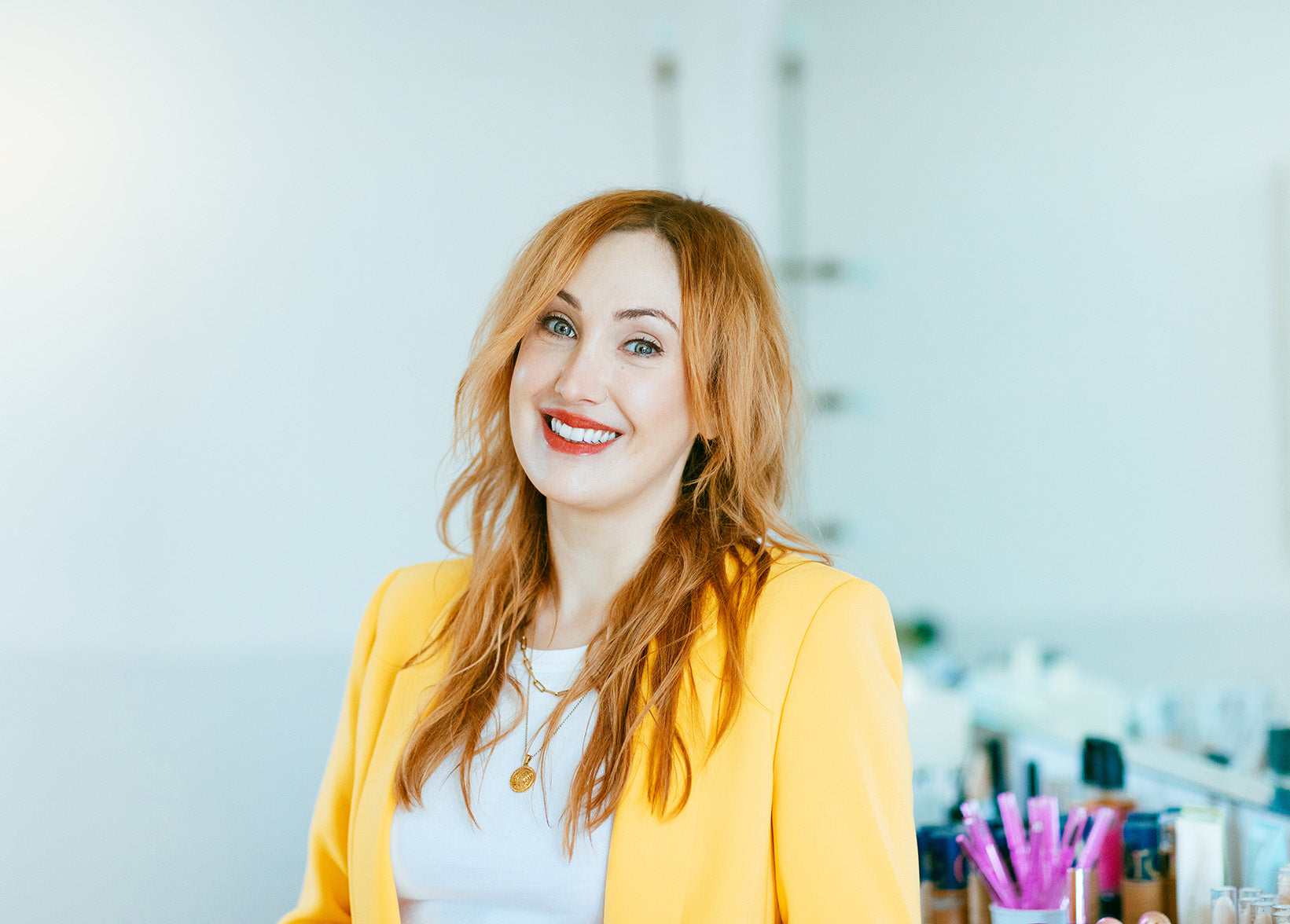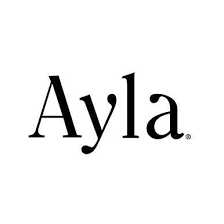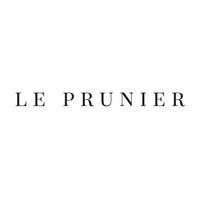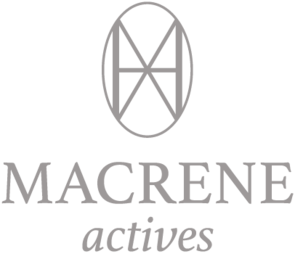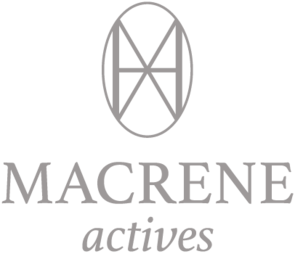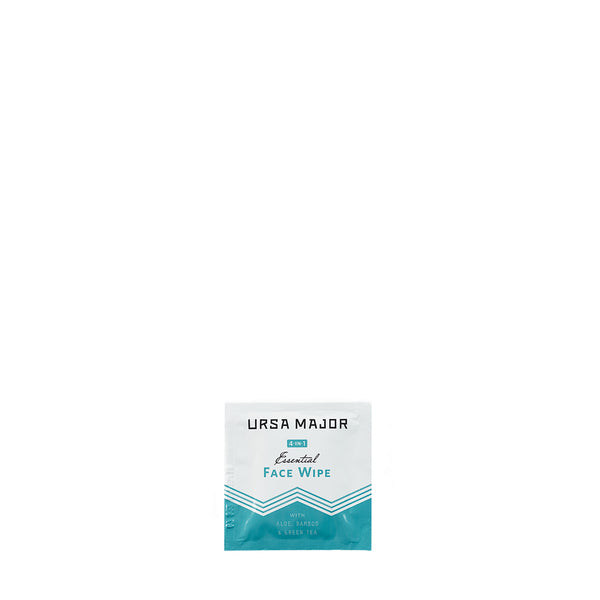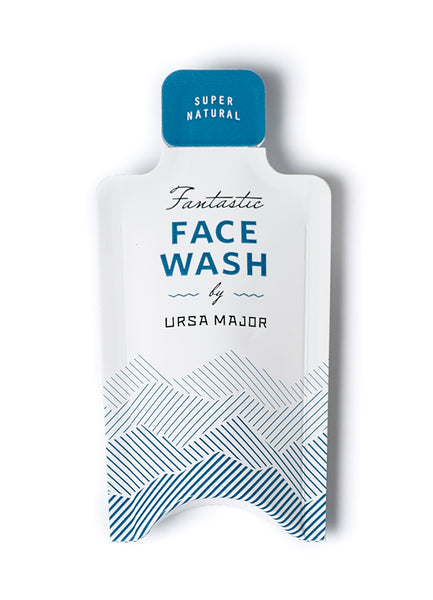Recent Articles

Activist Manuka has been one of our team’s go-to brands in all of our own homes, whether we’re using the honey on our faces, in our smoothies, or eating it straight from a spoon. We caught up with Activist co-founder Gabrielle before her family left for their annual trip back to New Zealand to ask a few frequently asked questions about their phenomenal honey.
Ayla: How do the different grades of Mānuka (300 vs 850 MGO) come to be?
GABRIELLE: There are a few different factors that come into play to get the different grades of Mānuka Honey. It’s a natural process that involves the combination of spring weather patterns and flowering during Mānuka season, the density of the Mānuka region in relation to where the hives are positioned, and bee health.
These factors can vary from harvest to harvest. So, once the honey is extracted in raw form, it is tested in a one of two registered New Zealand laboratories for Mānuka's natural scientific markers – (MGO) Methylglyoxal levels — which gives us the outcome of the harvest. For example, our 850+MGO honey is guaranteed to contain at least 850mg Methylglyoxal per kg.
In order to harvest the most potent, pure, and adulterated Mānuka, it’s essential to pay careful attention to the factors I mentioned above:
Ours is a dense, mono-floral Mānuka with no other floral influences, which requires us to position our hives in deep, dense Mānuka terrain, free of other flowering plants and trees.
The flowering of Mānuka is a very short window, ranging anywhere from 2-6 weeks over spring into summer. Since it’s such a short, labor-intensive season, preparation for bee health is crucial and our beekeepers work hard on that so no time is wasted when the Mānuka is flowering. Beyond the truly remarkable health benefits, this is also the reason that genuine raw ‘mono-floral’ Mānuka Honey is particularly special and rare on its higher grades.
Ayla: What explains the variations in texture from batch to batch?
GABRIELLE: We’re careful through our processing to keep our honey raw, and we do not cream or homogenize it through the bottling process. So, each batch can be slightly different based on the harvest season. It’s similar to a biodynamic wine; the season and weather can affect the texture and color.
Because we don’t homogenize, sometimes the honey can be smooth and other times more textural. Please be sure there is nothing wrong with the honey — it is just part of the natural process. You can warm it very slightly to get rid of the crystals, which can be helpful if you’re applying it to your face.
**
This is, by far, the best honey we’ve tried: the kind that is so good, it completely changes your perception of what an ingredient can be. Check out our Activist Brand Spotlight here, and shop the lineup here.

